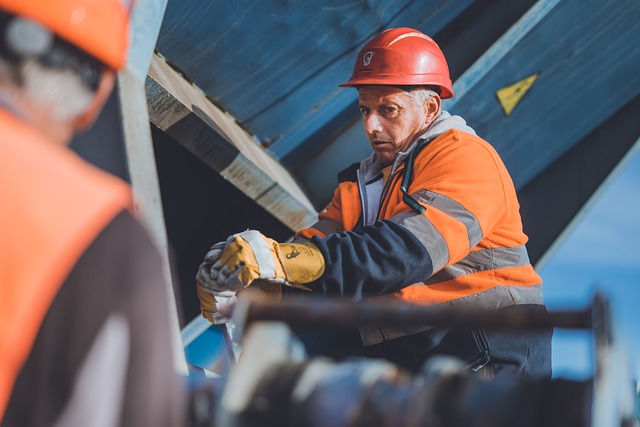
Getting on and off moving equipment (“GOOME”) remains one of the most dangerous work activities that railroad employees are expected to perform. Injuries occurring during this process are often catastrophic, resulting in broken bones, amputations, and deaths. Despite the inherent risks involved, railroad companies continue to incorporate this practice into their operations to the detriment of the workers for one reason: to increase profits.
The term “GOOME” refers to the process of railroad workers entraining and/or detraining rail cars or locomotives before they have come to a complete stop. The purpose of allowing this is to keep freight moving and increase productivity. Unfortunately, history shows that it presents an unacceptable risk to the crew members involved. In fact, after recognizing the high rate of deaths and injuries that occurred during GOOME, almost every major railroad in the U.S. determined that GOOME was simply too dangerous to continue and established strict rules prohibiting workers from getting on or off trains until they have come to a complete stop. With the introduction of a profit-focused concept known as precision scheduled railroading (PSR), however, most railroads have since abolished their anti-GOOME rules and allowed this dangerous practice to continue. Under PSR, freight trains operate on strict schedules with fewer workers in order to maximize profits. Not surprisingly, safety is not a priority under this system. A survey of railroad workers about PSR submitted to the Senate Committee on Commerce Science and Transportation noted several complaints about how PSR’s reintroduction of GOOME resulted in more injuries.
Canadian Pacific Railway, for example, banned GOOME in 2005, after one of its workers was killed during the process (along with many others over the years). However, under PSR, the practice was brought back to increase productivity. This signaled to the world that in the railroad industry, profits are more important than safety. Since then, GOOME remains one of the most common causes of catastrophic injuries on the railroad. If you have been injured while getting on or off moving railroad equipment, you may be entitled to significant compensation. Call us today for a free consultation.





